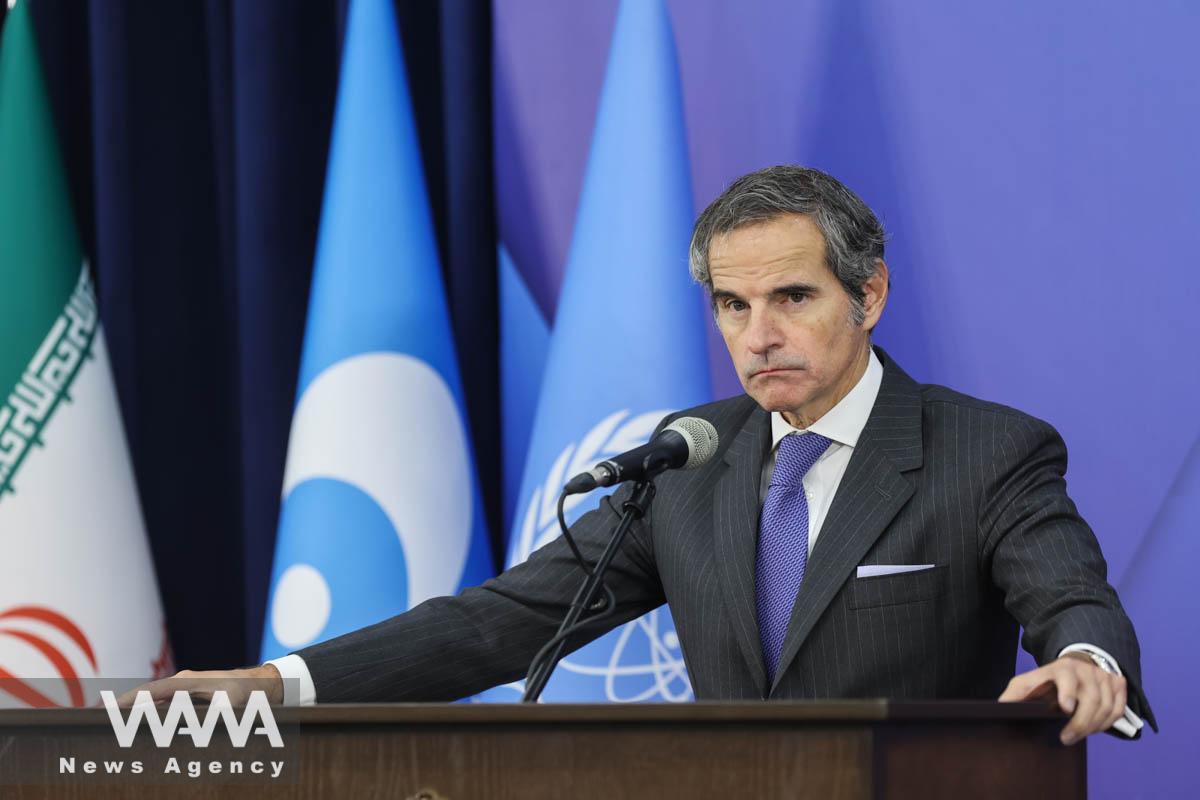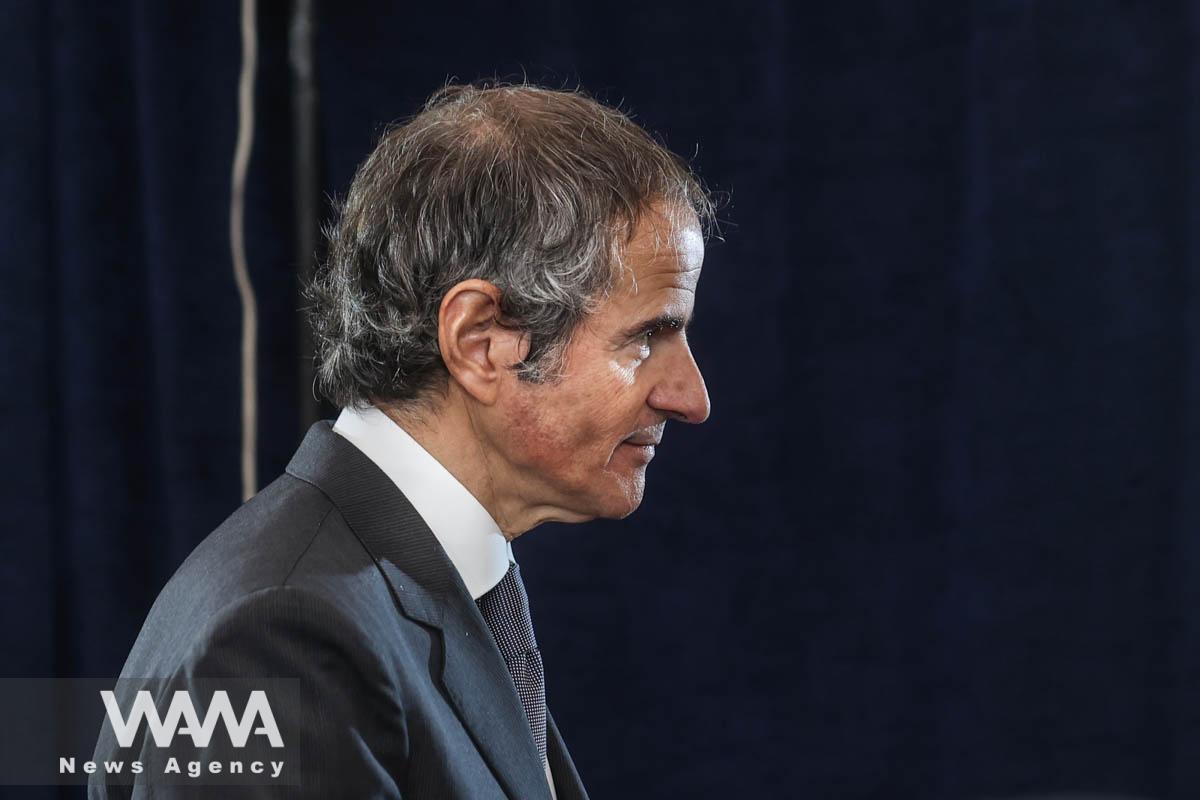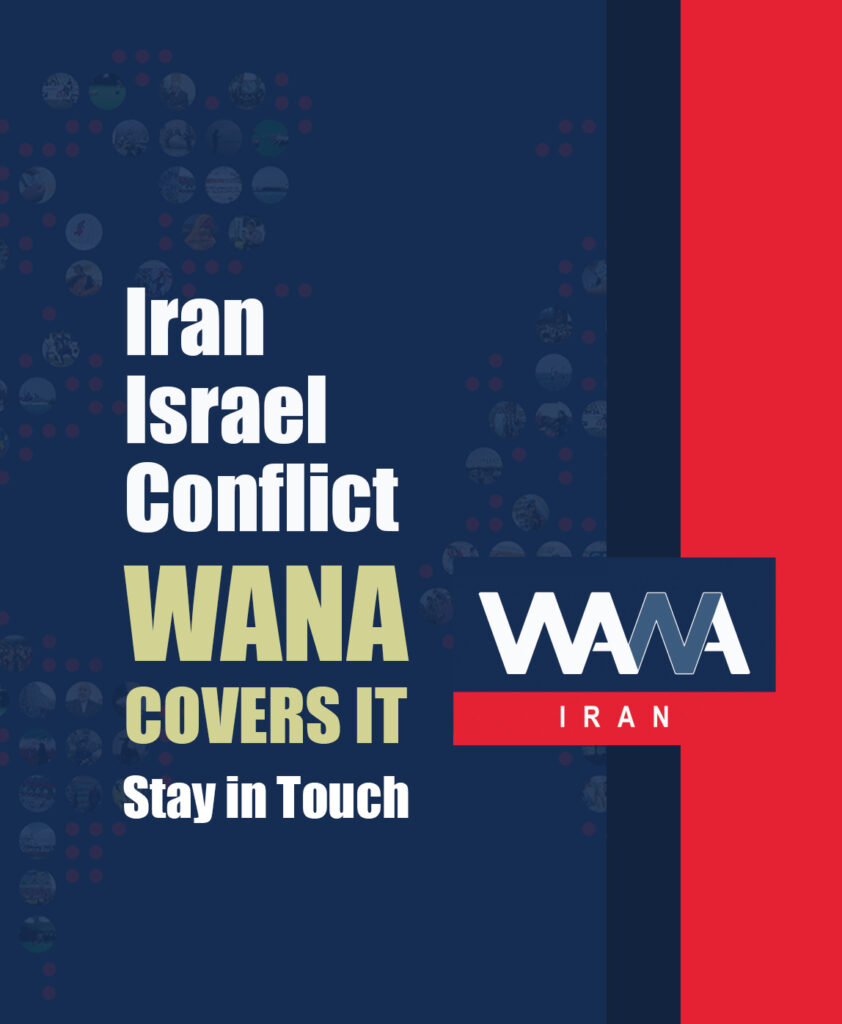Iran and the IAEA: A Crossroads of Confrontation or Cooperation
WANA (Nov 20) – The potential adoption of a resolution against Iran’s nuclear activities at the International Atomic Energy Agency (IAEA) Board of Governors’ meeting, which begins today and lasts three days, has brought the already fragile relationship between Iran and the IAEA to a critical juncture. The agency now faces two fundamental choices: maintaining professional neutrality or succumbing to the heavy consequences of politicization.
The possibility of a resolution against Iran comes amid two decades of the IAEA expressing concerns over Iran’s potential to develop nuclear weapons. During this entire period, Iran has consistently provided the same response: producing and using nuclear weapons is religiously forbidden and holds no place in the country’s military or defense doctrine.

Revisiting the Nuclear Fatwa of Iran’s Supreme Leader: Change or Adaptation?
WANA (Nov 09) – The issue of nuclear weapons and the stance of the Islamic Republic of Iran on this subject remains one of the most contentious topics in international politics. A key element of Iran’s policy is rooted in a fatwa (religious decree) by Supreme Leader Ayatollah Khamenei, which prohibits the use and development […]
Meanwhile, the looming resolution coincides with the upcoming expiration of key sanctions under the Joint Comprehensive Plan of Action (JCPOA) in October next year, which will mark the eighth year of the agreement. This will lead to the lifting of six UN Security Council resolutions against Iran under Resolution 2231, making the issue a significant leverage point for European nations.
The IAEA Board of Governors’ quarterly meeting starts on Wednesday, November 20, in Vienna. One of the key topics on the agenda is the verification and monitoring of Iran’s nuclear activities under Resolution 2231.
The quarterly meeting of the IAEA Board of Governors kicked off this morning, Wednesday, at the Agency’s headquarters in Vienna with the participation of member states. #IAEA #Vienna #Nuclear pic.twitter.com/RCxgWUfKNX
— WANA News Agency (@WANAIran) November 20, 2024
The closed-door meeting will be initiated by opening remarks from IAEA Director General Rafael Grossi. Concurrently, the agency has released its latest report on Iran’s nuclear activities, and some sources indicate the possibility of a punitive resolution against Tehran.
According to diplomats close to the board, this resolution, prepared with the support of the European Troika (the UK, Germany, and France) and the U.S., aims to apply additional diplomatic pressure on Iran.
The IAEA’s recent report alleges that Iran’s enriched uranium stockpile with 60% purity has reached 182.3 kilograms, while its total enriched uranium reserves stand at 6,604.4 kilograms — over 32 times the limit set by the 2015 nuclear deal (JCPOA).
International Atomic Energy Agency’s report about #Iran:
Iran’s enriched uranium stock has increased by 17.6 kg, reaching a total of 182.3 kg at 60% enrichment.
The potential halt to Iran’s enrichment levels beyond 60% was discussed during Rafael Grossi’s visit to Tehran.… pic.twitter.com/UEzqY7GgPl
— WANA News Agency (@WANAIran) November 19, 2024
Simultaneously, reports suggest preliminary agreements between Iran and the IAEA, including limiting 60% enriched uranium reserves and addressing the appointment of new inspectors. However, many view these reports as repetitive and lacking credible evidence.
Inspections remain a significant point of contention between Iran and the IAEA. Mohammad Eslami, the head of Iran’s Atomic Energy Organization, has emphasized that approving or rejecting inspectors falls under Iran’s sovereign rights and is fully legal under Article 9 of the Safeguards Agreement. On the other hand, the IAEA insists on the necessity of technical cooperation.
Regarding allegations of enriched uranium traces found at certain sites, Behrouz Kamalvandi, the spokesperson for Iran’s Atomic Energy Organization, stated, “The IAEA claims to have observed contamination and has asked Iran for clarification. Such contamination can occur anywhere, including customs areas or locations with scrap metal. Even assuming there is enriched material contamination, it’s of little significance as the material in question is natural uranium. Moreover, this could be fabricated or the result of sabotage, as we’ve witnessed acts of sabotage in our nuclear industry before. For these reasons, we see no justification for keeping these cases open.”

International Atomic Energy Agency (IAEA) Director General Rafael Mariano Grossi looks on during a news conference with Head of Iran’s Atomic Energy Organization Mohammad Eslami, in Tehran, Iran, November 14, 2024. Majid Asgaripour/WANA (West Asia News Agency)
Speculation over a potential resolution against Iran has intensified since last week, especially following a tweet by Wall Street Journal journalist Laurence Norman. He wrote, “The European Troika (UK, Germany, and France) is advancing its resolution against Iran at the IAEA Board of Governors.” This was shortly before Grossi’s visit to Tehran, where he met Iranian officials, including the president, foreign minister, and nuclear energy chief, to resolve disputes.
While the details of the draft resolution remain unclear, Eslami has indicated that it is more extensive than previous ones and primarily driven by the UK. Analysts expect the resolution’s tone to be harsh, with some suggesting it might escalate Iran’s case to the UN Security Council.
The primary proponents of this resolution are the European Troika. This initiative reflects a broader project tied to strained relations between Iran and the EU, particularly the UK, Germany, and France. Since February 2022, following the onset of Russia’s war in Ukraine, Europe has accused Iran of supplying weapons to Moscow. While JCPOA-related challenges predated this period, these accusations have further cooled relations. During Iran’s 2022 protests, European capitals leveled additional allegations against Tehran. Shortly thereafter, the case of Iranian drone shipments to Russia emerged, evolving into claims of missile transfers and drone manufacturing. The EU has since imposed sanctions on Iranian maritime and aviation sectors and is now leading the charge for a resolution at the IAEA.

Eslami: We Will Respond Immediately to Any Resolution Issuance / Grossi: Attacking Nuclear Facilities is Illegal
WANA (Nov 14) – At a joint press conference with the Director-General of the International Atomic Energy Agency (IAEA), the Head of Iran’s Atomic Energy Organization warned against European countries’ efforts to pass an anti-Iranian resolution at the IAEA’s Board of Governors. On Thursday, Mohammad Eslami, Head of Iran’s Atomic Energy Organization, and Rafael […]
Escalating political pressure could alter Tehran’s cooperative approach. Any resolution adopted by the Board of Governors will be met with a firm response, reiterated Eslami during a joint press conference with Grossi.
Additionally, Iran’s Foreign Minister Araghchi warned Grossi in a phone call that any nonconstructive actions by opposing parties at the Board meeting, including passing a resolution, would prompt an appropriate and proportional response from Tehran.
Grossi’s recent visit to Iran’s Natanz and Fordow facilities indicates Tehran’s willingness to cooperate, provided it is not perceived as “conceding.”

Grossi Visited Fordow and Natanz
WANA (Nov 15) – The Director General of the International Atomic Energy Agency (IAEA) visited the Shahid Alimohammadi (Fordow) and Shahid Ahmadi Roshan (Natanz) nuclear sites on Friday during his trip to Tehran. Rafael Grossi, who has traveled to Iran, held meetings and discussions with Iranian officials on Thursday. During this visit, the […]
In such a scenario, the IAEA could play a vital role in de-escalating tensions. Returning to technical discussions and avoiding political decisions could prevent both sides from reaching an irreversible path. The ball is now in the IAEA’s court: Can it uphold its independence and neutrality, or will it become a tool for advancing specific political agendas?
Iran-IAEA relations have reached a sensitive point where today’s decisions could shape tomorrow’s outcomes.

Grossi: Iran Begins Efforts to Halt Uranium Enrichment Expansion to 60%
WANA (Nov 20) – Rafael Grossi, Director General of the International Atomic Energy Agency (IAEA), has announced that Iran has agreed to halt the expansion of its uranium enrichment to 60%, following a request from the agency. In his opening remarks at the IAEA’s Board of Governors meeting, which began on November 20, 2024, […]













User comments